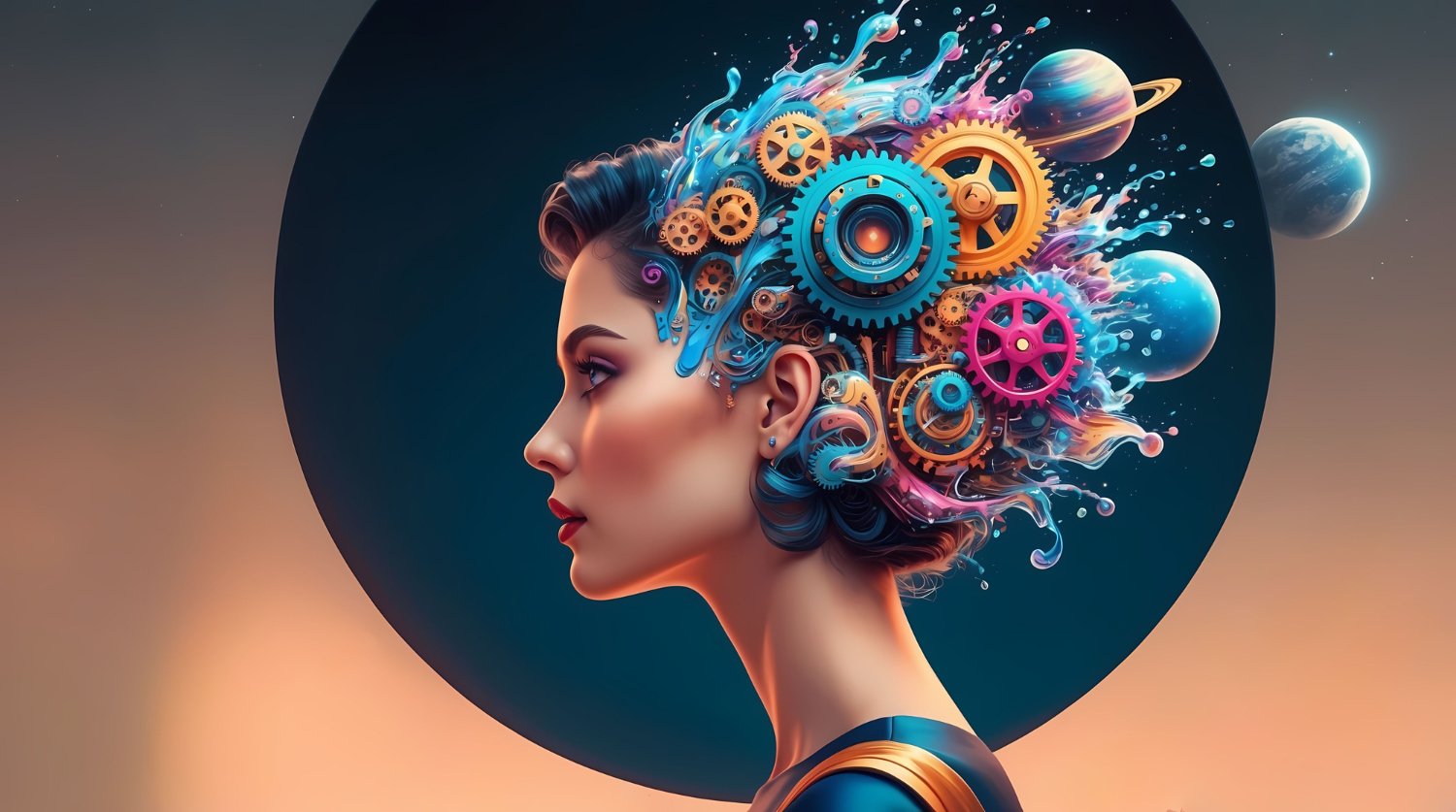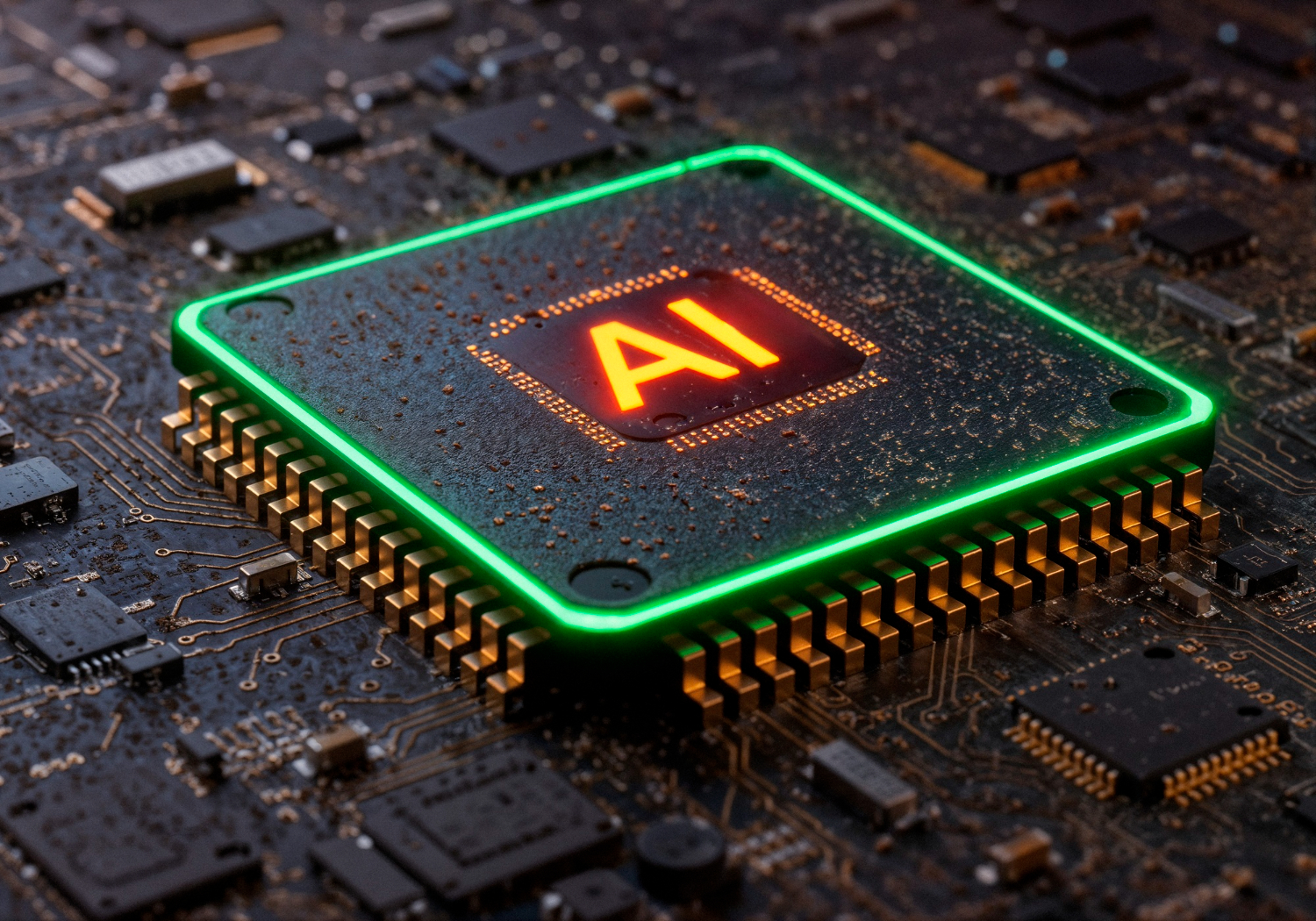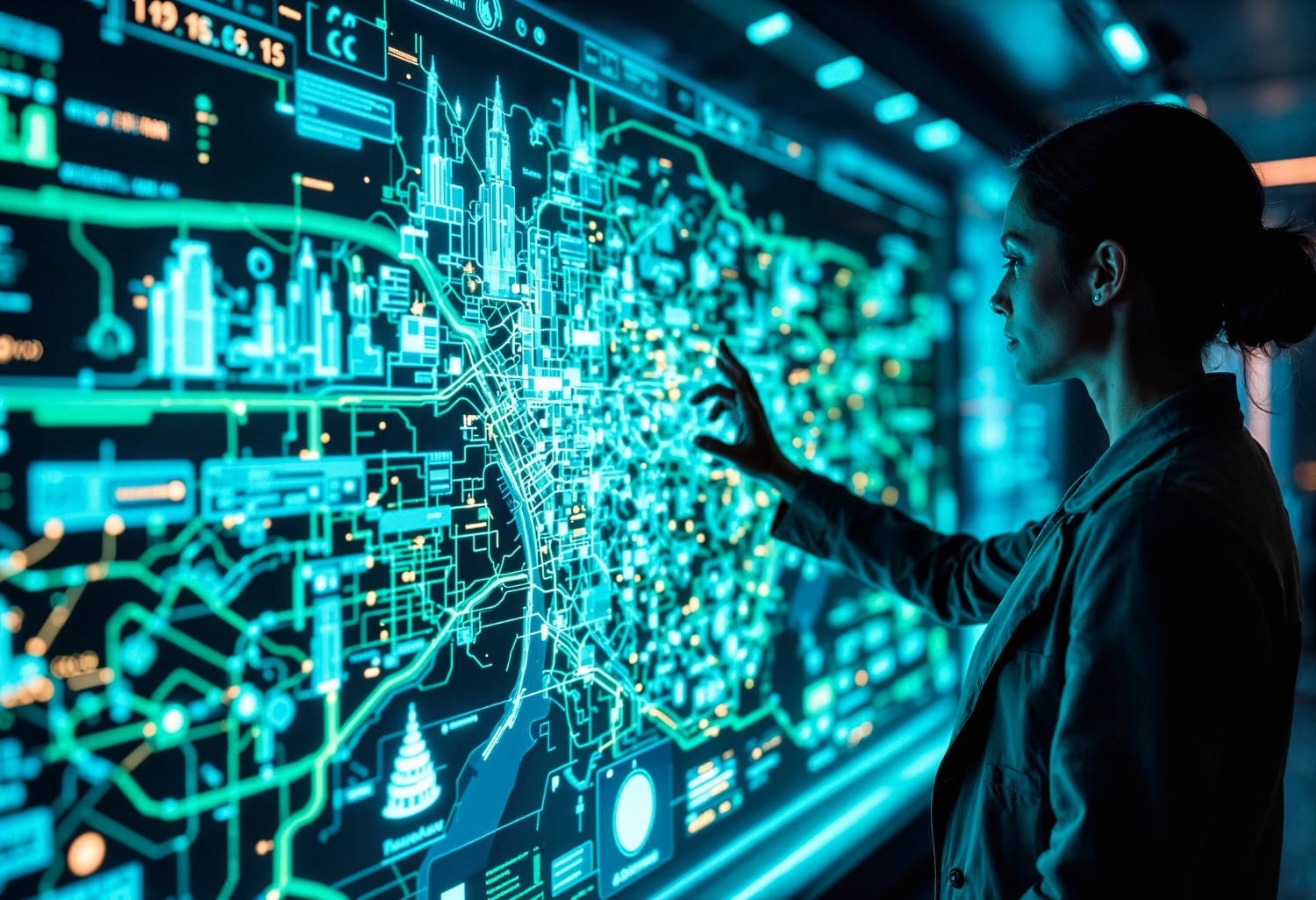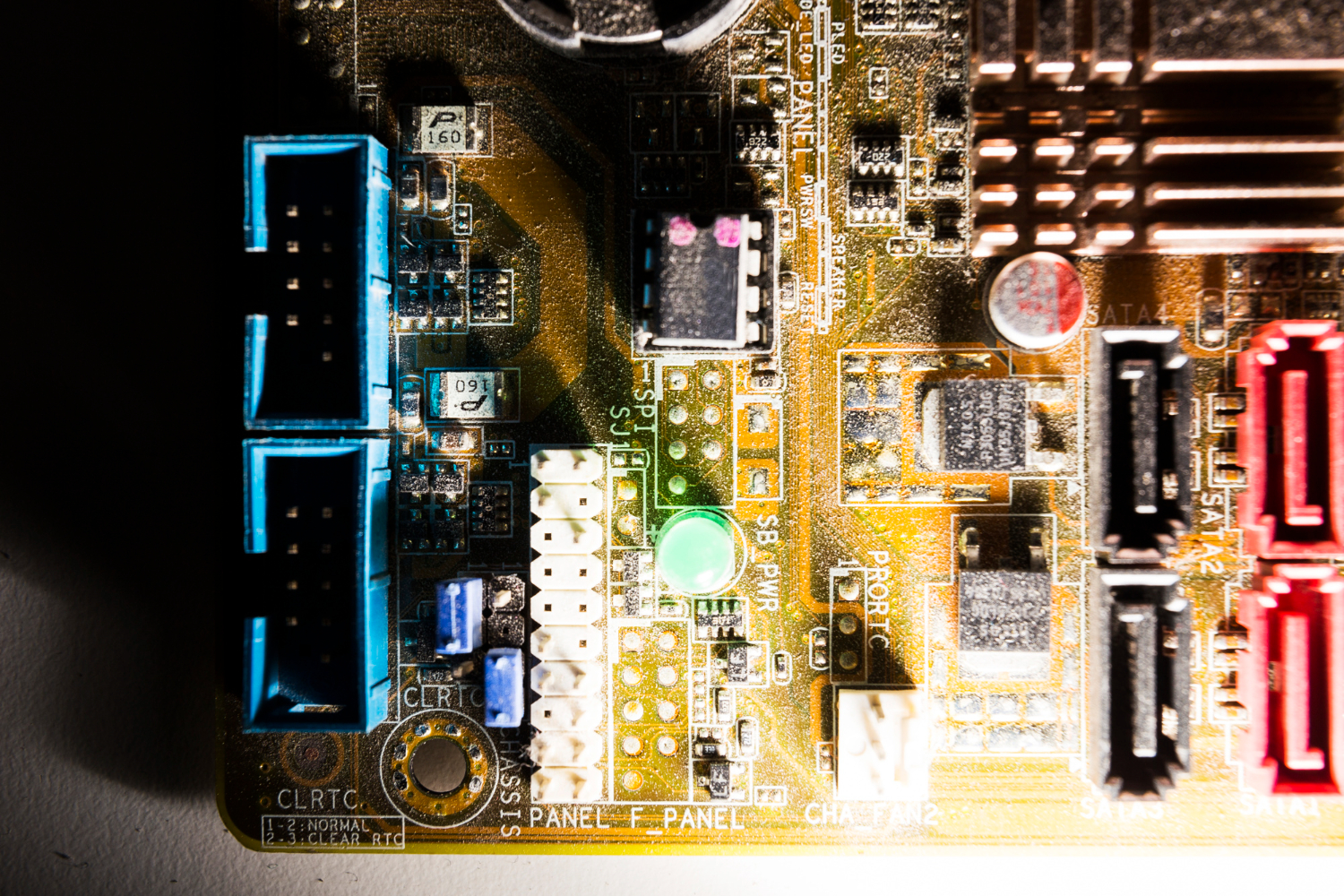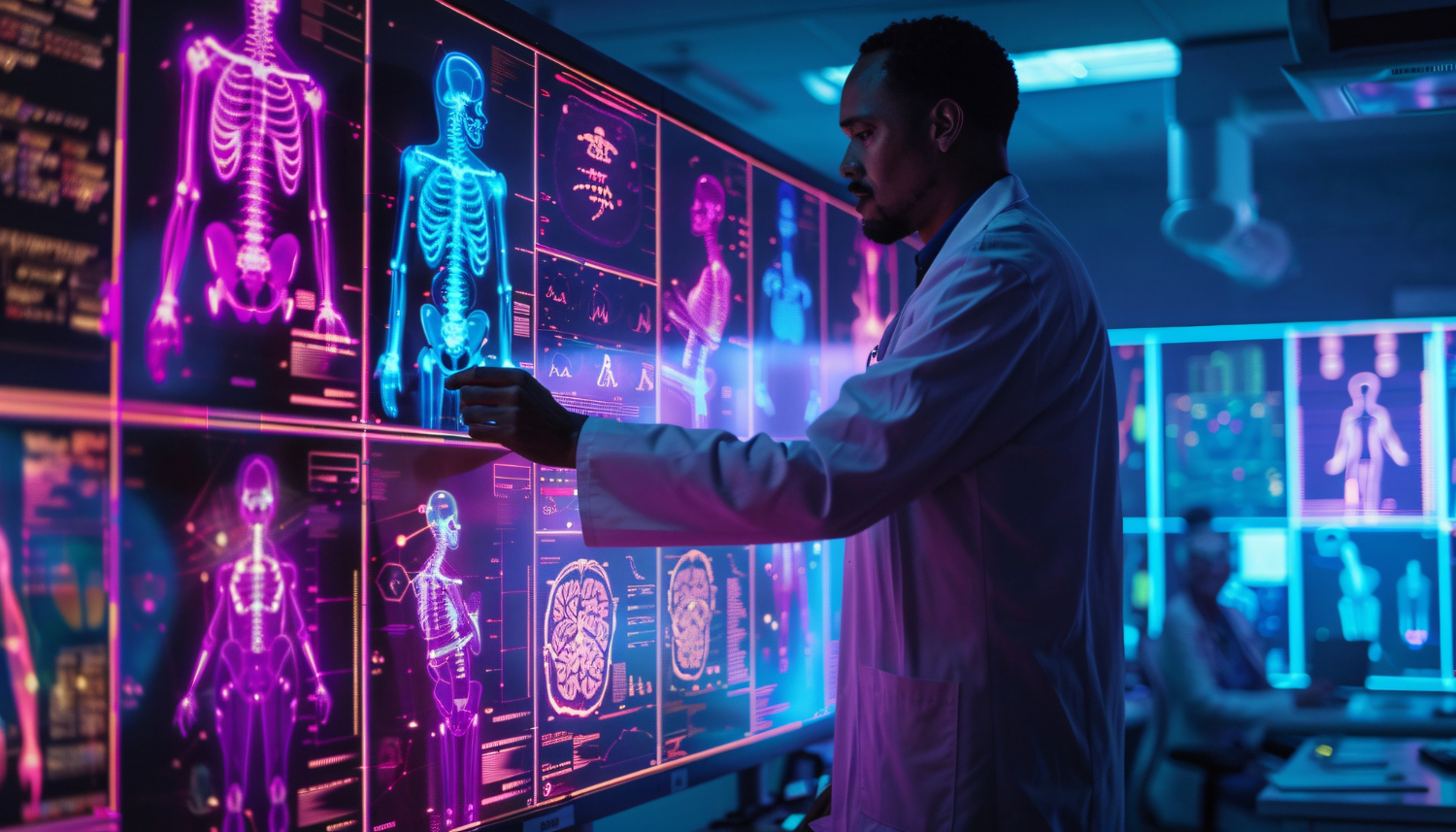What is Generative AI?
Generative AI refers to a type of artificial intelligence that creates new content, such as images, text, audio, and video, based on the data it has been trained on. Unlike traditional AI, which focuses on analysing and recognising existing data, generative AI produces original content that did not exist before. This innovative branch of AI has made remarkable strides, particularly in areas like image generation and natural language processing (NLP).
Generative AI models can process a wide range of inputs and deliver high-quality, realistic results, making them widely used in industries like customer service, marketing, and entertainment. As these models advance, they are reshaping the possibilities for creating unique content at scale.
How Generative AI Works
Generative AI works by using machine learning models, specifically deep learning techniques, to understand patterns in training data. The two most commonly used techniques are:
-
Generative Adversarial Networks (GANs): These models consist of two neural networks—the generator and the discriminator. The generator tries to create realistic outputs (like images), while the discriminator attempts to distinguish between real and generated outputs. Through this competition, GANs improve over time, creating more convincing content.
-
Recurrent Neural Networks (RNNs): These networks are particularly good at processing sequential data, like text. By analysing sequences, RNNs can generate coherent and contextually accurate sentences or paragraphs, making them ideal for text-based applications like chatbots and natural language processing tasks.
Additionally, large language models (LLMs), like GPT (Generative Pre-trained Transformer), are trained on vast amounts of text data and can generate human-like text, mimicking the flow and structure of natural languages. These models are increasingly being used in customer service, marketing, and other text-based applications.
Types of Generative AI
Generative AI can be broken down into different categories based on the type of content it produces. Here are some popular types:
-
Text Generation: AI systems can generate text using models like GPT. These systems are used in writing tools, virtual assistants, and customer service chatbots.
-
Image Generation: Generative AI models like GANs and Stable Diffusion can generate images that appear highly realistic. These models are commonly used in creative industries, social media, and design.
-
Audio and Music Generation: AI can create original music tracks or generate natural-sounding speech, used in applications like voice assistants, podcasts, and video games. From Lyrics to Melodies: Exploring AI’s Influence on Musical Composition
-
Video Generation: AI models can also generate videos, including realistic-looking video content, animation, or simulated environments for industries like film and gaming.
Applications of Generative AI
Generative AI has many practical applications across various sectors. Some of the most notable include:
Image and Video Creation
Generative AI can produce high-quality images and videos based on inputs from users. Stable Diffusion and other image generation techniques allow artists and designers to automate parts of their creative processes. By generating content on demand, businesses can significantly reduce the cost and time required to create images for marketing, advertising, or product design.
For example, social media platforms use these models to automatically generate images for posts or advertisements. The creative possibilities are endless, as the system can generate anything from product mockups to complete art pieces.
Natural Language Processing (NLP)
Generative AI plays a key role in NLP applications, helping machines understand and generate human language. LLMs like GPT use training data from books, articles, and websites to create human-like text. These models can answer questions, provide customer support, and even generate entire pieces of written content.
Businesses are increasingly using these models in customer service to automate responses to inquiries, ensuring quicker and more accurate support without needing human intervention. By improving response times and quality, generative AI enhances customer satisfaction.
Customer Service
In the customer service sector, generative AI systems can provide personalised and automated responses to customer queries. Using generative models, chatbots can simulate human conversations, understanding the context of a question and offering tailored answers.
This technology reduces the need for live customer service agents while improving efficiency. Chatbots can handle a large number of inquiries simultaneously, allowing businesses to offer better support to their customers without increasing costs.
AI in Customer Service: Efficiency and Personalisation
Content Creation
Content creators can use generative AI models to produce text, images, and videos quickly. In particular, businesses that rely on content marketing, such as blog writing or social media posts, can use AI tools to automatically generate high-quality content based on specific prompts.
For instance, fashion companies can use AI-generated images to display virtual clothing designs. Similarly, news agencies can automate article writing for routine stories, such as weather updates or financial reports, allowing human journalists to focus on more complex stories.
Generative AI: Transforming Industries with AI-Generated Content
Video Games and Simulations
In video game development, generative AI models are being used to create 3D models, characters, and entire environments. This type of artificial intelligence allows game developers to generate expansive virtual worlds quickly.
Generative AI is also used in simulations for training purposes, like creating realistic driving environments for self-driving cars. By generating scenarios in these simulations, AI helps developers improve the safety and accuracy of autonomous systems.
Level Up Your Gaming Experience with AI and AR/VR
Challenges of Generative AI
Despite its impressive capabilities, generative AI also presents some challenges. One issue is the amount of computing power required to train these models. Deep learning algorithms rely on massive amounts of data and computational resources, making it costly to develop and maintain these systems.
Another concern is the potential for misuse. As these models improve, there is a growing risk that they could be used to generate misleading or harmful content, such as deepfakes or fraudulent media. Ensuring that generative AI is used ethically and responsibly will be key to mitigating these risks.
Finally, ensuring that generative AI creates high-quality, accurate content requires constant fine-tuning. These models may generate incorrect or biased content based on the data they are trained on, making it essential for developers to monitor and adjust their systems regularly.
Popular Generative AI Models and Tools
Several tools and models are making waves in the generative AI space. Some of the most popular include:
-
Stable Diffusion: This model is widely used in image generation for its ability to create sharp and detailed images. Artists and designers use it for everything from product design to fine art.
-
Generative Adversarial Networks (GANs): As mentioned earlier, GANs are a popular choice for generating realistic images, videos, and even audio.
-
Recurrent Neural Networks (RNNs): Commonly used in text generation and speech synthesis, these models handle tasks that require sequential data processing.
-
Large Language Models (LLMs): GPT is an example of a large language model used to generate realistic text in natural languages. It powers many text-based applications, from chatbots to virtual assistants.
Each of these models has its strengths, and developers choose them based on the specific type of content they need to generate.
Benefits of Generative AI
Generative AI offers a wide range of benefits across different sectors, making it one of the most valuable advancements in artificial intelligence today. By automating complex processes and generating realistic content, generative AI has transformed industries like entertainment, healthcare, customer service, and marketing. Below is an extended look at the multiple benefits of generative AI, including its impact on efficiency, creativity, personalisation, cost savings, and scalability.
Increased Efficiency and Automation
One of the biggest advantages of generative AI is its ability to increase efficiency by automating tasks that were previously time-consuming and labor-intensive. For example, in the design and marketing sectors, AI can automatically generate images, videos, and text-based content. This automation speeds up the creative process, allowing businesses to produce high-quality work faster than ever before.
In industries like media and entertainment, where content production timelines are often tight, generative AI models can deliver outputs in a fraction of the time it would take a human team. AI systems, like generative adversarial networks (GANs) and large language models (LLMs), can generate high-quality content, whether it’s images for advertising campaigns or blog posts for content marketing, reducing the workload for creative professionals.
In addition to content creation, AI tools can automate other repetitive tasks such as customer interactions, data processing, and documentation. By incorporating natural language processing (NLP) models, businesses can automate customer support with chatbots that provide quick, accurate responses to common queries.
Enhancing Creativity
Generative AI can also be a powerful tool for enhancing human creativity. While some may argue that AI-generated content lacks the emotional depth of human-created work, it can still serve as an excellent source of inspiration. Artists, designers, and writers can use AI tools to brainstorm new ideas, explore different styles, and push creative boundaries.
For instance, AI-generated images and designs can help creative teams visualise concepts or develop mood boards for campaigns. Tools like Stable Diffusion allow designers to experiment with unique visuals that they might not have thought of themselves. Generative AI is not just about automating work but also about expanding the range of creative possibilities. It can generate content based on specific guidelines or offer a fresh perspective that human creators can refine further.
In the film and gaming industries, generative AI is being used to create characters, environments, and even storylines. By generating thousands of iterations of a character design or a virtual world, AI helps developers quickly arrive at a final product, improving both the quality and speed of production.
Personalisation at Scale
Generative AI enables businesses to offer highly personalised products and services to customers, enhancing user experience. For example, AI models can analyse customer data to generate personalised recommendations for products, services, or content. In e-commerce, AI-generated product descriptions tailored to individual preferences can increase customer engagement and sales.
In marketing, generative AI can produce customised email content, advertisements, and landing pages for different customer segments, improving the relevance of campaigns and, consequently, conversion rates. By creating personalised messages for different customer personas, AI tools help businesses target their audience more effectively, delivering the right message to the right person at the right time.
Generative AI is also finding its place in healthcare. AI can generate personalised treatment plans based on an individual’s medical history, current health condition, and genetic information. This personalisation not only improves the quality of care but also enhances patient outcomes, as treatments are more tailored to the individual.
Cost Savings
By automating content creation and other labour-intensive tasks, generative AI can significantly reduce operational costs for businesses. Hiring a large creative team to produce a continuous stream of marketing materials, for example, can be expensive. Generative AI tools, such as AI image generators or text generators, allow businesses to create high-quality content without needing as many human resources, thereby lowering costs.
In customer service, businesses can reduce costs by using AI chatbots instead of maintaining a large team of live agents. Generative AI-powered systems can handle large volumes of inquiries at once, which frees up human agents to focus on more complex tasks. The initial investment in generative AI systems may be significant, but the long-term savings in labour and operational expenses often justify the cost.
Additionally, the ability to generate synthetic data can reduce costs in industries like research and development. Instead of collecting and processing real-world data, which can be time-consuming and expensive, generative AI can create synthetic data for testing machine learning models. This practice accelerates the development process, saving both time and money.
Scalability
Generative AI offers unparalleled scalability. As businesses grow, the demand for content, customer service, and personalised experiences increases. Generative AI systems can scale with this demand without requiring additional resources. For example, AI-generated content can be produced in large quantities without the need for a proportional increase in human input.
In customer service, generative AI chatbots can scale to handle more inquiries as customer bases grow. AI models don’t tire, and they can work around the clock, providing support to users at all times. This scalability ensures that businesses can maintain high levels of service, even as their customer base expands.
For industries like media and marketing, the scalability of generative AI means that content can be localised or personalised for different markets without requiring significant extra effort. AI models can generate different language versions of the same content, target ads to different demographics, or adjust product descriptions based on user preferences. This ability to scale efficiently across markets and platforms makes generative AI invaluable for global companies.
Improved Accuracy and Consistency
Generative AI models are capable of producing outputs with a high degree of accuracy and consistency. In industries that rely on precise data, like healthcare, manufacturing, or finance, AI-generated content or decisions can reduce the margin of error. For instance, AI models used for medical imaging or drug discovery can analyse vast amounts of data quickly and identify patterns that might be missed by human experts.
Moreover, generative AI ensures consistency across large volumes of content. In marketing campaigns, for example, businesses can maintain brand voice and messaging without the variations that typically come with human writers. This level of consistency ensures that a company’s content remains cohesive, regardless of the volume or complexity of the materials generated.
Future of Generative AI
The future of generative AI looks promising. As computing power increases and deep learning models improve, we can expect even more realistic and varied outputs. The development of generative AI tools will make it easier for businesses and individuals to create unique content at scale.
Generative AI will continue to evolve, especially in fields like machine translation, where it can break down language barriers, and drug discovery, where it can help create new medicines. Its applications will also expand in areas like architecture, engineering, and entertainment, offering endless creative possibilities.
How TechnoLynx Can Help
At TechnoLynx, we specialise in helping businesses integrate generative AI tools into their workflows. Whether you need help with image generation, content creation, or customer service automation, our team can assist in deploying the right solutions for your needs.
We work with a wide range of industries, from marketing to gaming, providing tailored solutions that make the most of AI technologies. Our expertise includes setting up and fine-tuning models to ensure they generate high-quality content quickly and efficiently.
By partnering with TechnoLynx, you can ensure that your business stays ahead of the curve in adopting AI-powered tools that enhance productivity and creativity.
Image credits: Freepik

